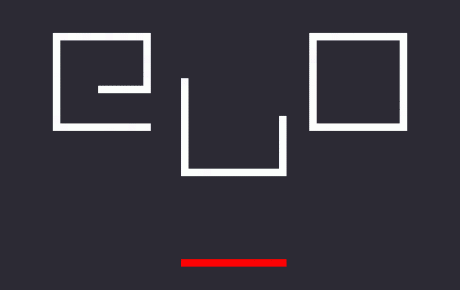In the 80s prescient observers prophesied holographic poetry competing in the mainstream of poetic evolution . In 1986, Eduardo Kac claimed that Holopoetry provides: “an extreme, pluridimensional level of complexity. This new holistic perception, source of the fruition of real immaterial objects, volumes without mass, requires a response in the structure of language: the possibility to transform the instrument of intellectualization — the word — into a sign as fluid and elastic as thought… holopoetry launches a perceptual syntax, relativizing the cognitive process according to the different points of observation in space” (Kac, 1986. 129) .
If viewed from the perspective of Kac's current preoccupations with bio-art and manipulated life-forms, holopoetry can be seen as the precipitating site where his ideas of volume (body) and code (poem) gestated. In his most recent works the activity of writing is biological, the poem is embodied, and the technology is nature; in holopoetry Kac attempted to write text as bodies of light.
Bodies in cities are read; we read each other using fragmented codes. Similarly, in the 80s Kac viewed his holopoems as discontinuous multiple perspective spaces where reading proceeds by ruptures. Words fracture into shards of light, signs “change or dissolve into thin air” (Kac. 1989). It is this multiplexed stability that is shared with bodies: temporal ephemeral units extruded from evolutionary imperatives, bodies die as do holopoems when the power goes out.
Kac encapsulates a continuity of lineage between bio-art and dimensional poetry. His work trajectory reinforces writing as creation. His sculpture occasionally reaches explicitly back into Genesis and creation myth, linking DNA to code and the corporal tablets of tribal edicts as in his 2001 work Encryption Stones, a laser-etched black granite diptych that translates the canonical passage from Genesis (“Let man have dominion…”) into Morse code and codon sequences. These are cultural transcriptions that operate authoritatively at the membrane between archaeology, chemistry and information processing. These are poems that visually assert and literally subvert the force of authority by decomposing the Book into stone that is a mere cipher for a much richer living code. Dimensional poetry politicized by referencing distinct domains of expression, “critically reveal the intersemiotic operations that lie at the heart of our current understanding of life processes” (http://www.ekac.org/genseries.html).







